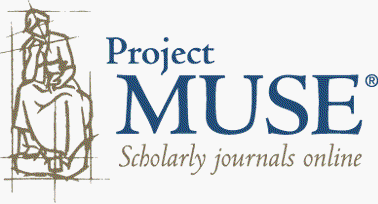
Users and libraries may download, print, and make unlimited paper copies for archival purposes, or for educational or personal use. Users may distribute a copy ... to a person at another location for that individual's personal use.
Little Review
(on)
John H. Zammito: Kant, Herder, and the Birth of
Anthropology
(Chicago: University of Chicago Press, 2002), 576 pp.
Zammito's powerful and original book is focused on "the pre-critical Kant," that is, on his writings prior to the first Critique of 1781. These writings ó One Possible Basis for Demonstration of the Existence of God (1763), Observations on the Feelings of the Beautiful and the Sublime (1764), Dreams of a Spirit Seer (1766), and others in the Popularphilosophie tradition ó were much closer in spirit and argument, Zammito says, to those that Herder, Kant's "greatest student and latter-day rival," was developing in his historical hermeneutics.
Zammito traces the relationship between the two men and places them in the "Early Enlightenment" world surrounding them, with great skill and precision, and sees the origins of modern anthropology in the formulations, reformulations, and counterreformulations that finally drove them profoundly apart.
If Herder remains, despite Zammito's valiant efforts to restore him to Kantian status, the less vivid figure, both personally and intellectually, that is perhaps only to be expected, as the satirical distich Zammito quotes from Lessing suggests:
K. pursues a weighty course
To teach the world a lesson
He measures every living force
ó His own the lone exception.
Clifford Geertz
Clifford Geertz's books include Available Light, After the Fact, Local Knowledge, Negara, and The Interpretation of Cultures. His Works and Lives: The Anthropologist as Author received the National Book Critics Circle Award. He is Harold F. Linder Professor of Social Science Emeritus at the Institute for Advanced Study, Princeton.
in: Common Knowledge 9.3 (2003) 541; Copyright © 2003 by Duke University Press. All rights reserved.
online source: http://muse.jhu.edu/journals/common_knowledge/v009/09.3geertz.html
 |
copyright regulations: Users and libraries may download, print, and make unlimited paper copies for archival purposes, or for educational or personal use. Users may distribute a copy ... to a person at another location for that individual's personal use. |
Using this text is also subject to the general HyperGeertz-Copyright-regulations based on Austrian copyright-law (2001), which - in short - allows a personal, nonprofit & educational (all must apply) use of material stored in data bases, including a restricted redistribution of such material, if this is also for nonprofit purposes and restricted to the scientific community (both must apply), and if full and accurate attribution to the author, original source and date of publication, web location(s) or originating list(s) is given ("fair-use-restriction"). Any other use transgressing this restriction is subject to a direct agreement between a subsequent user and the holder of the original copyright(s) as indicated by the source(s). HyperGeertz@WorldCatalogue cannot be held responsible for any neglection of these regulations and will impose such a responsibility on any unlawful user.
Each copy of any part of a transmission of a HyperGeertz-Text must therefore contain this same copyright notice as it appears on the screen or printed page of such transmission, including any specific copyright notice as indicated above by the original copyright holder and/ or the previous online source(s).